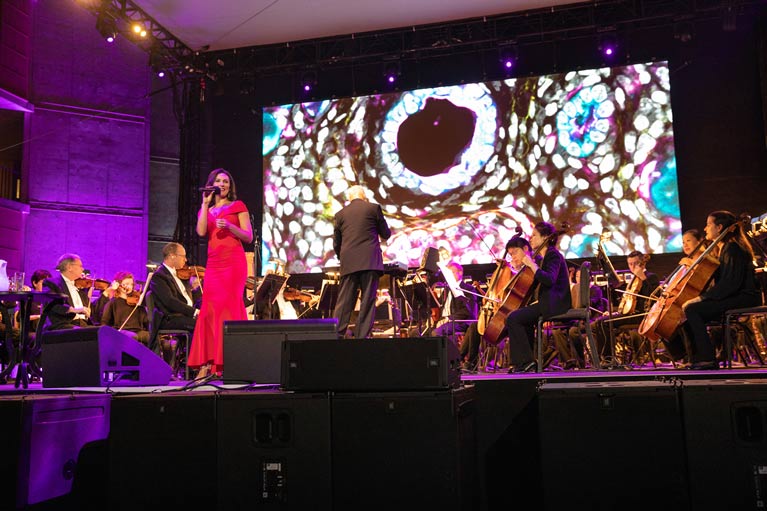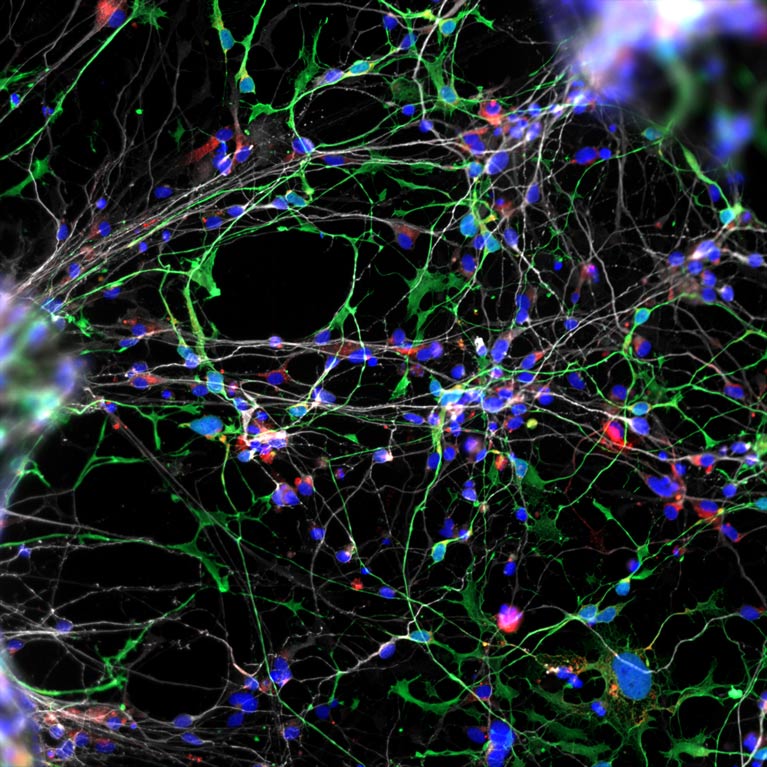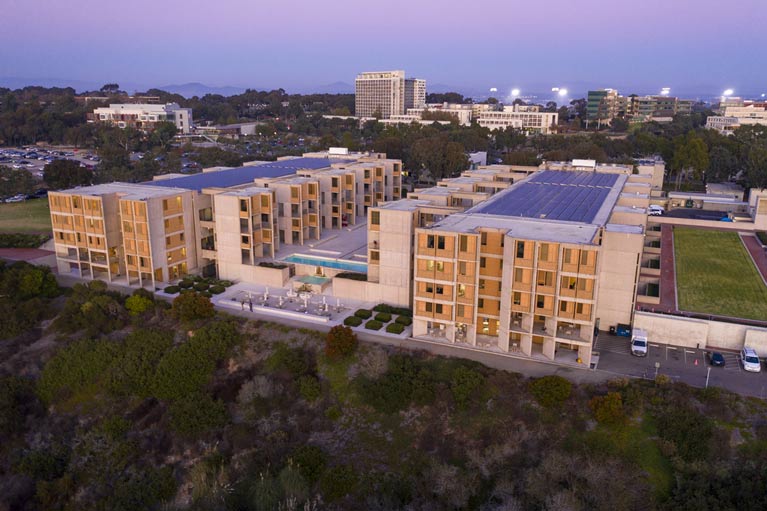
Symphony at Salk
Symphony at Salk is the cultural event of the summer and a chance to share an extraordinary experience with friends and colleagues.
Learn More
Science Events
Salk regularly holds seminars, lectures and talks by our faculty to share recent discoveries and engage with supporters and the local community.
Learn More
Sign Up for our Monthly Newsletter
Once a month, learn about Salk’s latest discoveries, events and more.
Learn More